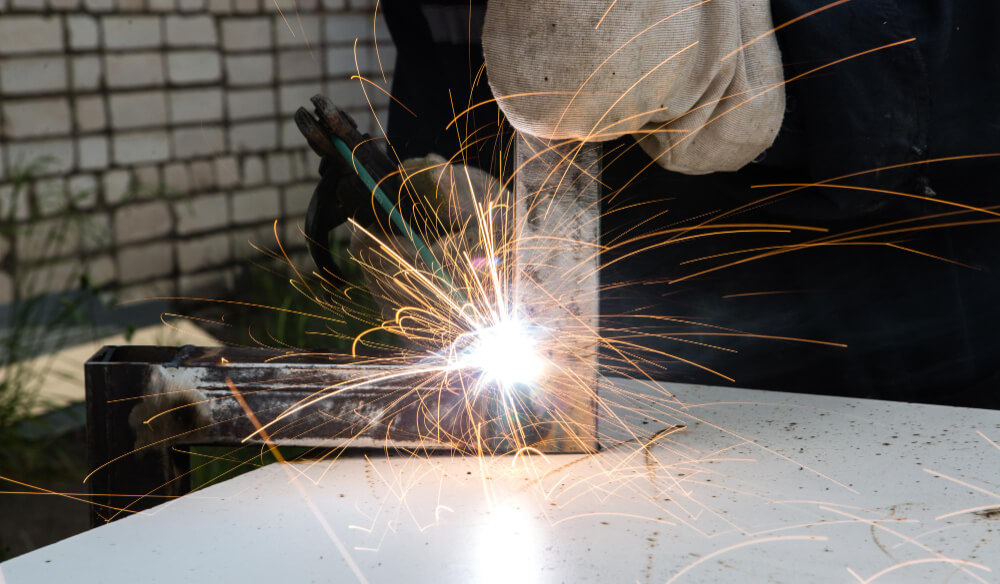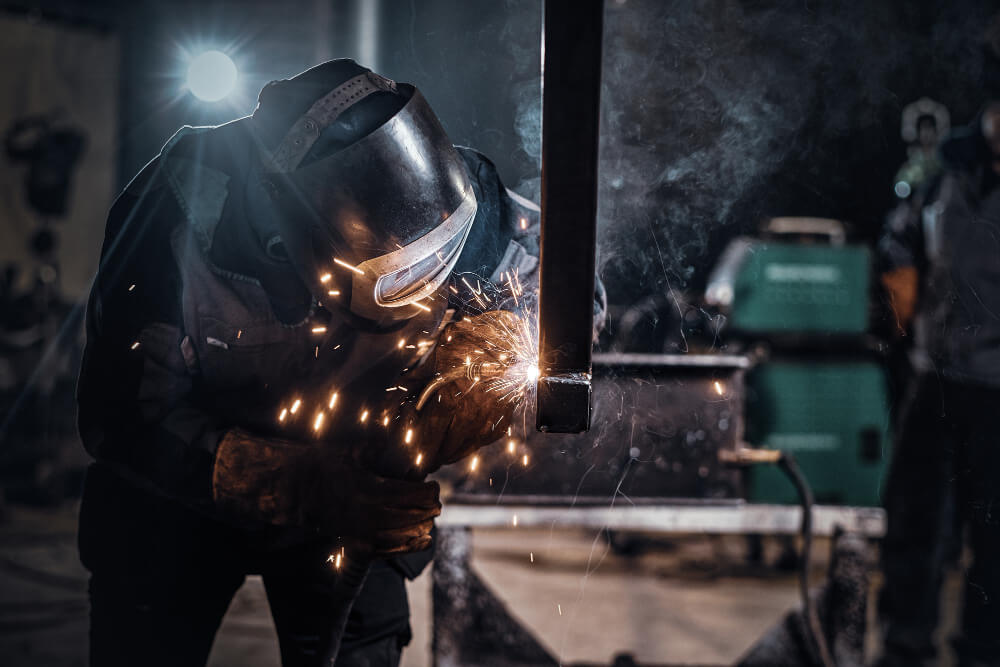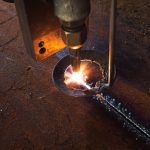Welding is a fundamental process in the industry, but the presence of defects can compromise the structural integrity of components. Detecting and preventing these defects is crucial for ensuring the safety and quality of welded structures. At Wiinspect, we explain how to detect and address them.
Defect Detection
To detect welding defects, a thorough inspection process is essential. Visual inspection techniques are the first step and can reveal superficial defects such as cracks, pores, or slag inclusions. However, many defects can be difficult to detect with the naked eye.
Non-destructive testing (NDT) is an indispensable tool for detecting internal defects without compromising the integrity of the weld. Common techniques include radiography, ultrasonography, magnetic particle inspection, and liquid penetrant inspection. Each technique has its advantages and limitations, so it is important to select the most appropriate one for each application.
Defect Prevention
Preventing welding defects begins with the proper selection of materials and the qualification of welders. It is essential to follow specified welding procedures and maintain strict quality control throughout the process.
1. Proper Preparation
Proper preparation of the surfaces to be joined is essential for achieving a quality weld. This includes cleaning the work surfaces, removing oxides, grease, and other contaminants that may affect the integrity of the weld.
2. Parameter Control
Precise control of welding parameters, such as temperature, welding speed, and material feed, is fundamental to avoiding defect formation. Using high-quality welding equipment and following welding procedure specifications are crucial for ensuring consistent results.

3. Continuous Inspection
Continuous inspection during the welding process allows for the detection and correction of potential issues in a timely manner. This includes monitoring the formation of weld beads, detecting irregularities, and verifying compliance with welding specifications.
4. Training and Certification
It is essential for welders to be properly trained and certified to perform their work safely and efficiently. Ongoing training in new welding techniques and procedures ensures that personnel are aware of best practices and can meet the required quality standards.
Detecting and preventing welding defects are fundamental processes for ensuring safety and quality in the industry. By using appropriate inspection techniques and implementing preventive measures during the welding process, it is possible to significantly reduce the incidence of defects and ensure the integrity of welded structures. For more information about welding, you can contact us.






